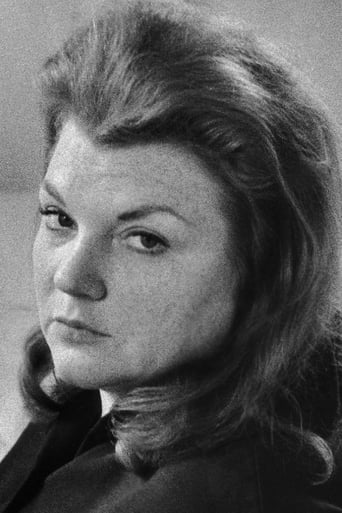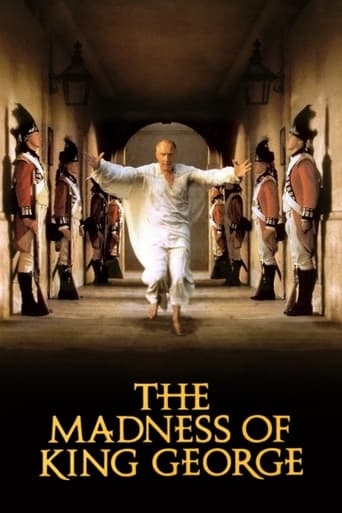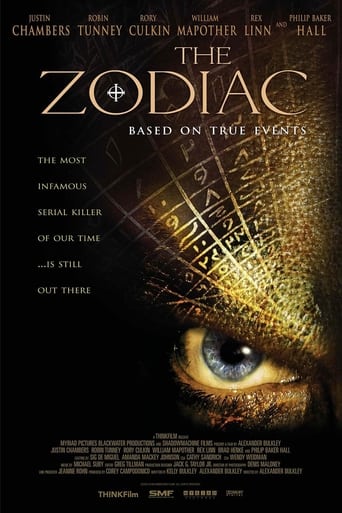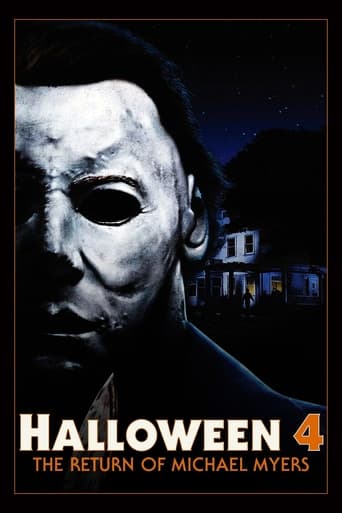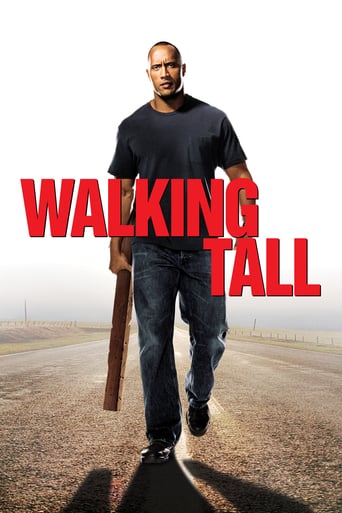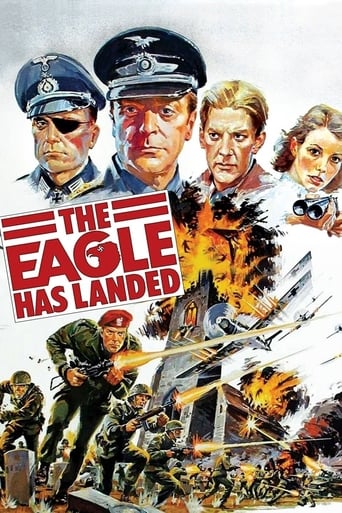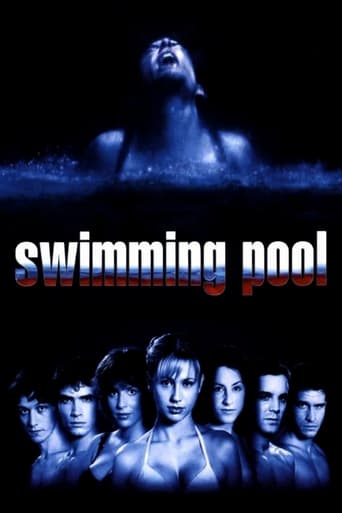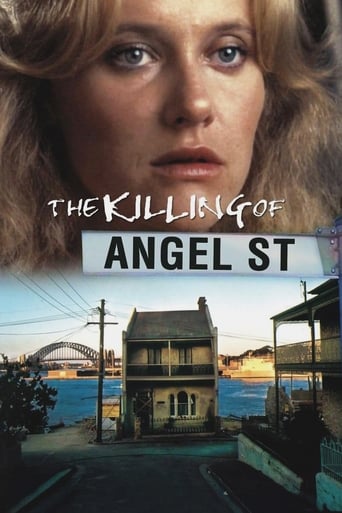The Honeymoon Killers (1970)
Martha Beck, an obese nurse who is desperately lonely, joins a "correspondence club" and finds a romantic pen pal in Ray Fernandez. Martha falls hard for Ray, and is intent on sticking with him even when she discovers he's a con man who seduces lonely single women, kills them and then takes their money. She poses as Ray's sister and joins Ray on a wild killing spree, fueled by her lingering concern that Ray will leave her for one of his marks.
Watch Trailer
Cast


Similar titles
Reviews
Perfect cast and a good story
If you don't like this, we can't be friends.
Expected more
By the time the dramatic fireworks start popping off, each one feels earned.
This tawdry cheapie made me feel like I had to take a shower after watching it, and I mean that in the best possible way.The film's minuscule budget and bare bones production values actually work in favor of this true story about a sexy Latin lover and his dowdy, unpleasant girlfriend who pose as brother and sister so that he can marry and then con women out of their savings. Their scams escalate in scope and violence until they're killing off the women rather than just running out on them.It's a fascinating film, the kind that the term "cult classic" was invented to describe. Both leads are well cast, though Tony Lo Bianco is the better actor of the two. He's certainly convincing as someone middle-aged ladies would have the hots for.Don't let this film's bargain basement quality prevent you from giving it a look.Grade: A
I loved this movie not only for how it was filmed in b/w but for this terrific cast. A young Tony Lo Bianco stole this movie from the rest of this excellent cast! Mr. Lo Bianco is the most memorable actor for my money and was perfectly casted. I would highly suggest viewing this film and I know you will enjoy it as we did here. I understand that there were a couple of big name directors fired early on in filming this movie mainly because the way they were using only master shots without close ups and or back up takes. I think this was Tony Lo Bianco's first film as I had only seen him acting on stage prior to this film. He always delivered a solid performance in the stage roles that I saw him in but this performance on film surely has to be the reason I started seeing him in more films after Honeymoon Killers. I'll never forget his role as "Sal Boca" in the great film "The French Connection" - if it were up to me he'd have won best supporting actor for that film. But here in Honeymoon Killers, he gets a chance to carry a film on his shoulders and carry it he does - in grand fashion of those great old actors of the B/W film days. I sincerely recommend this film to all film buffs or to anyone who likes a good story, a people picture, not a bunch of special effects, but a real story so well acted by all.
A young woman named Martha (Shirley Stoler) and her Latin lover, Ray Fernandez (Tony Lo Bianco) conspire to defraud lonely old ladies of their money. Ray charms the women into marrying him, on receipt of their money. And Martha tags along, posing as Ray's sister. Based on a true-life 1940s murder case, the film could have been quite significant. But a poor script, poor direction, and generally poor acting short-circuit the effort.What slays me is how Ray could be physically attracted to Martha, a big mama who bitches, whines, moans, and exudes anger at every opportunity. In real-life, Martha was indeed heavy-set, and she practically threw herself onto Ray, who then used her in his marriage scam. That motivation doesn't come across in the film.Further, the script's dialogue lacks subtext. Characters say exactly what they think, which renders sophomoric interchanges. And the story takes way too long to get going. For the first half of the film, not much happens.Though Tony Lo Bianco gives a credible performance, the rest of the performances are below average. Stoler is just annoying, as is Doris Roberts with that phony Southern accent. The actress who plays Janet Fay overacts and has a nasal voice that makes her performance campy. I could not take her seriously.You would think that the director would have placed the story within a proper 1940s context. But at no time did I get any sense of the 1940s. Indeed, with some campy performances, cheap sets, and sophomoric dialogue, the film comes across almost tongue-in-cheek, a relic from the 1950s Ed Wood school of film-making.I know this was a low-budget effort. But it takes little or no money to write a good screenplay. And a good director can do wonders with settings and performances. The only factor that saves this film for me is knowing that the events described really happened. I can, to a limited extent, thus overlook the lousy cinematic end product.
Based on the true story of Raymond Fernandez and Martha Beck, who met through a lonely-hearts correspondence club, Ray (Tony Lo Bianco) is sleazy and untrustworthy; Martha (Shirley Stoler) is obese, compulsive, and needy. Together, they play out a horrifying scheme in which he lures lonely women out on dates and proposes marriage to them, while she pretends to be his sister. After the marriage ceremonies, they take the womens savings and then murder them in cold blood.The way this film is shot, with its grainy black and white footage, murky sound, bright whites and dark shadows, only adds to its incredibly unsettling nature. Watching this is almost like watching a documentary, and occasionally, a snuff film.Though the acting from the supporting cast is a bit iffy at times, the two leads are excellent. Particularly Shirley Stoller. While Lo Bianco creates one of the most hateful slime-balls I've ever seen, Stoller dominates this film. Her Martha is a frightening, unpleasant, disgusting woman, who is as ugly on the inside as she is on the outside. Her evil nature fills the frame whenever she is on screen.If you're looking for a fast paced thriller, look elsewhere. The pacing in this movie is slow, which only adds to the disturbing documentary feel. But if you want to see a movie where character comes first, and action second, seek this classic out.






